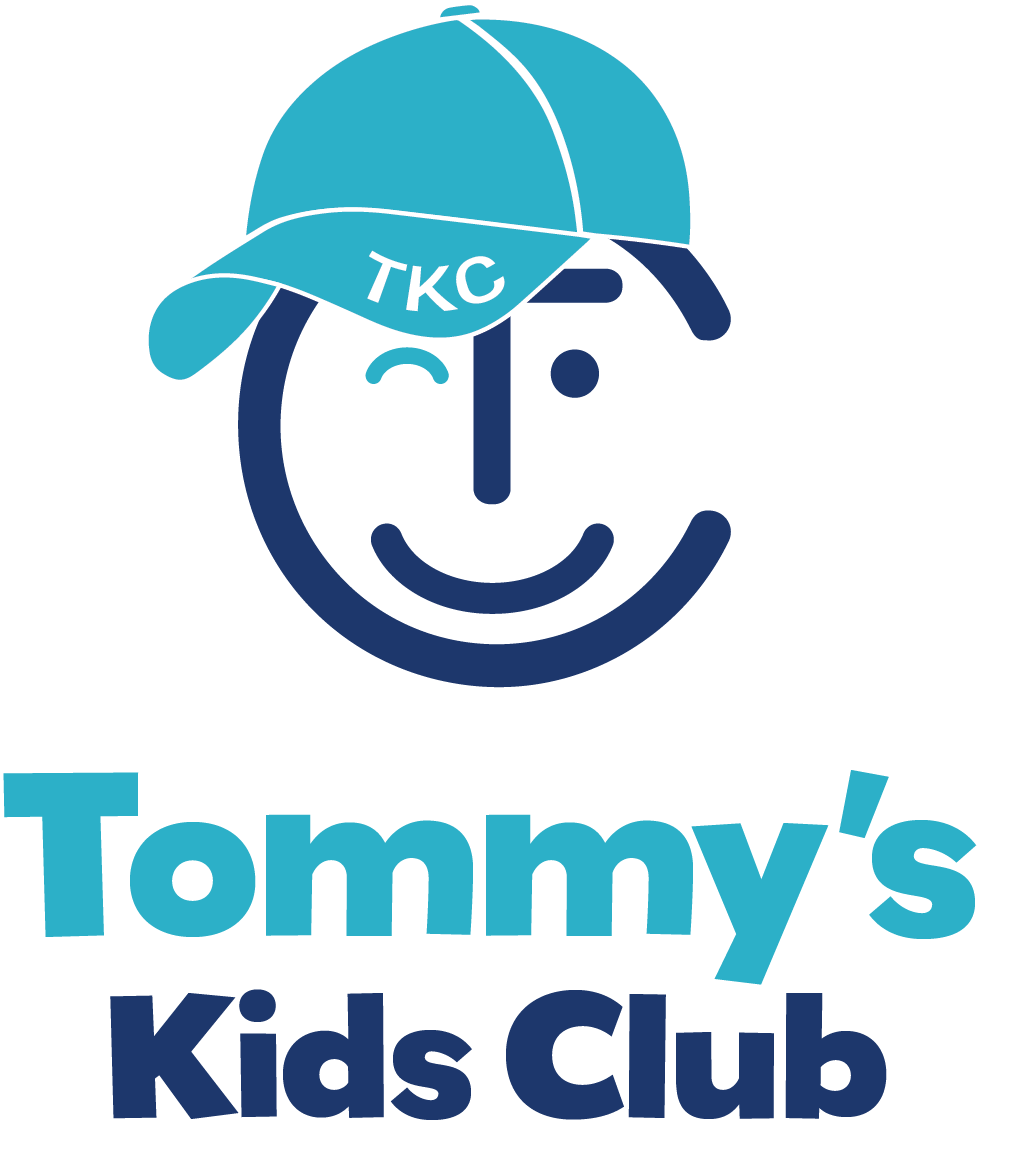When You Join Our Practice,
You’ll be Part of Tommy’s Kids Club!
The American Association of Orthodontics recommends that your child see an orthodontist at age 7. Your child will start to lose their baby teeth at around age 6 and the last baby tooth is normally lost at around age 12. In many cases, younger patients come to our office and are not be ready to begin treatment because their teeth need to grow and develop. In these cases, we love to have our younger patients become part of our Tommy’s Kids Club.
Making Orthodontic Treatment Fun!
At Conlon Thompson, we use the latest technology to allow us to treat your child when it is appropriate for them to start braces or aligners. We are honest about when your child is ready to start treatment so there is no pressure to put braces on immediately. We believe that letting the natural growing process happen is important, so if your child is not ready for braces they can be observed in our Tommy’s Kid’s Club program. This free program allows you to come to our office to be routinely checked to determine the best plan and time of treatment!
Watching the growth and changes in your child’s mouth is very important as we monitor the jaw to prevent impacted teeth and to see if your child needs early intervention treatment. A very small percentage of children need early treatment, however, it is best to do this at a specific growth time frame and to prevent possible damage of teeth, gums, and jaw structure.
We explain each and every step, what we want to see, and how we get there when needed. We typically have to update an x-ray every few years which we do not charge for.
Here are the things we look for when your child is seen in observation:
- By age 7, enough permanent teeth have emerged to evaluate relationships between teeth, jaws,
and bite to allow an orthodontist to determine if everything will continue to develop normally. - Premature loss or delayed loss of baby teeth
- Crowded, misplaced or blocked-out teeth
- Insufficient space for permanent teeth to erupt
- Teeth that meet abnormally (cross-bites), or don’t meet at all (open-bites)
- Difficulty chewing or biting
- Mouth breathing
- Thumb or finger sucking
- Improper tongue posture or position
- Difficulty speaking
- Biting of cheeks or roof of the mouth
- Jaws that appear too far forward or too far back
Identification of these problems at an early age while teeth are still developing and the jaw is still growing may make them easier to address. Even if your child’s baby teeth look straight, there may be underlying bite or spacing problems that are beneficial to identify early.
